The term canned hunting first came to widespread public attention in 1997 thanks to a TV documentary fronted by the broadcaster Roger Cook. Despite numerous campaigns against the practice in South Africa, where lions are mainly hunted, it has continued to thrive both there, and in the USA.
Canned hunting is controversial and widely criticised, but what does it involve and how is it regulated?
What is canned hunting?
Canned hunting is the killing of captive-bred wild animals in small enclosures. It is most commonly associated with the trophy-hunting of lions in South Africa, but it also takes place in the USA, where species such as deer and wild pigs are the primary quarry.
How does canned hunting work?
Animals are bred and raised in captivity, and then released into enclosures which are bigger than those in zoos or safari parks, but small enough to ensure they can be easily found and not escape. Hunters pay tens of thousands of dollars to hunt their chosen species with the help of guides.
How many facilities are there?
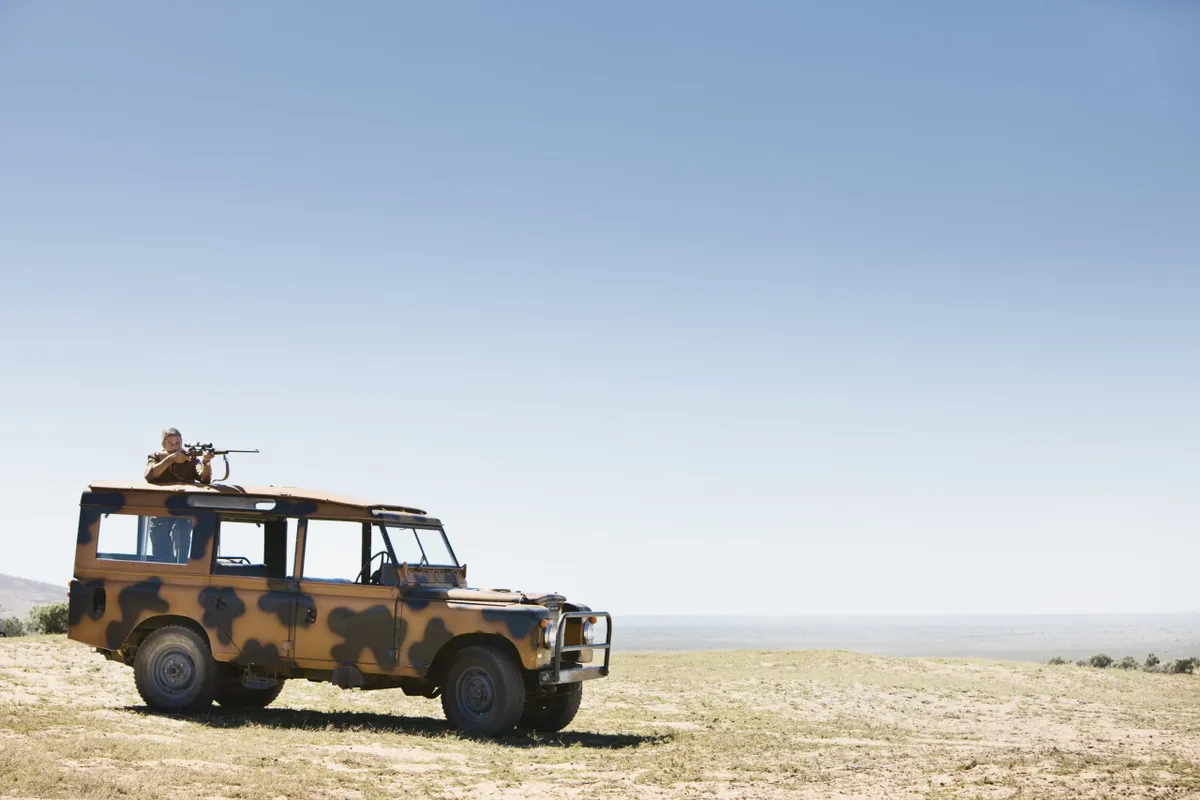
In South Africa, the most recent evidence we have is a paper published last year which found that there were 24 lion hunting facilities with an estimated 637 lions available for hunting in 2016-17, and up to 300 centres that breed them.
Are any other species hunted in South Africa?
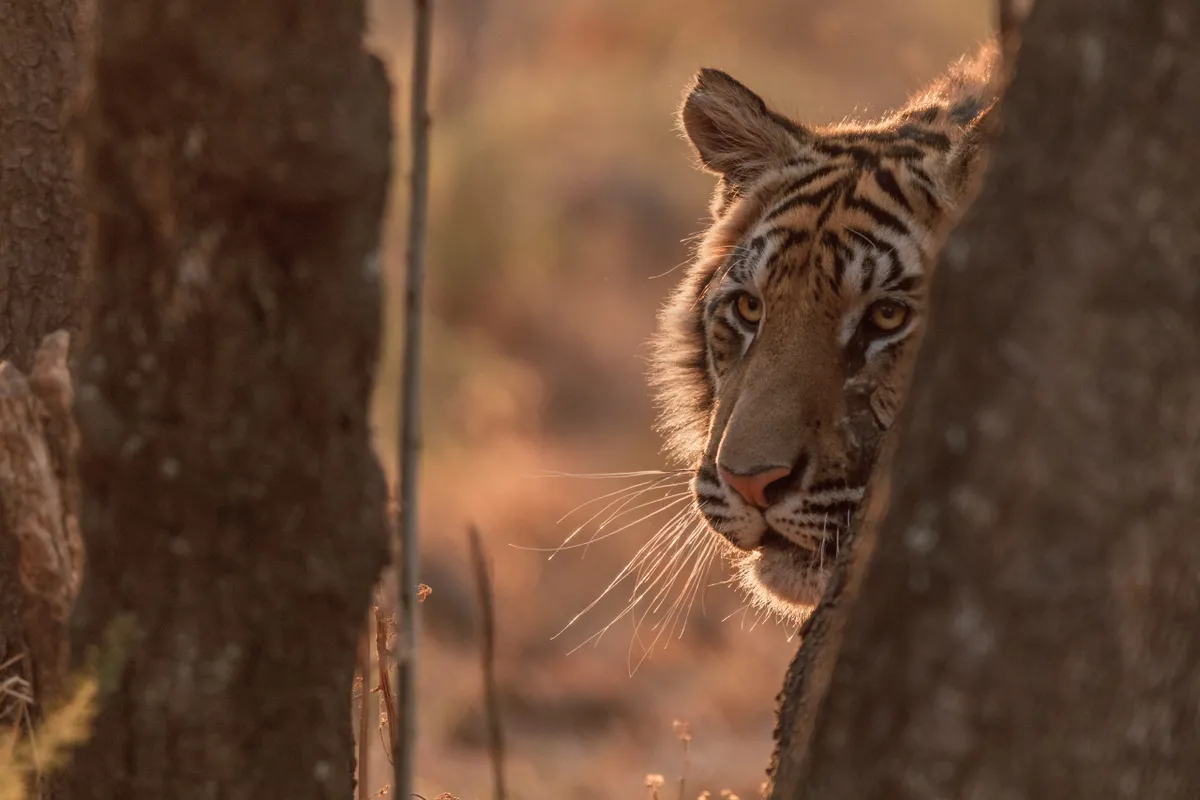
Yes, but in much smaller numbers. According to the Convention on International Trade in Endangered Species (CITES), trophies that came from either captive-bred or ranched animals and were exported between 2014-18 also included small numbers of cheetahs, leopards, tigers, pumas and jaguars. A total of 3,499 lion trophies were exported in that time.
And in the USA?
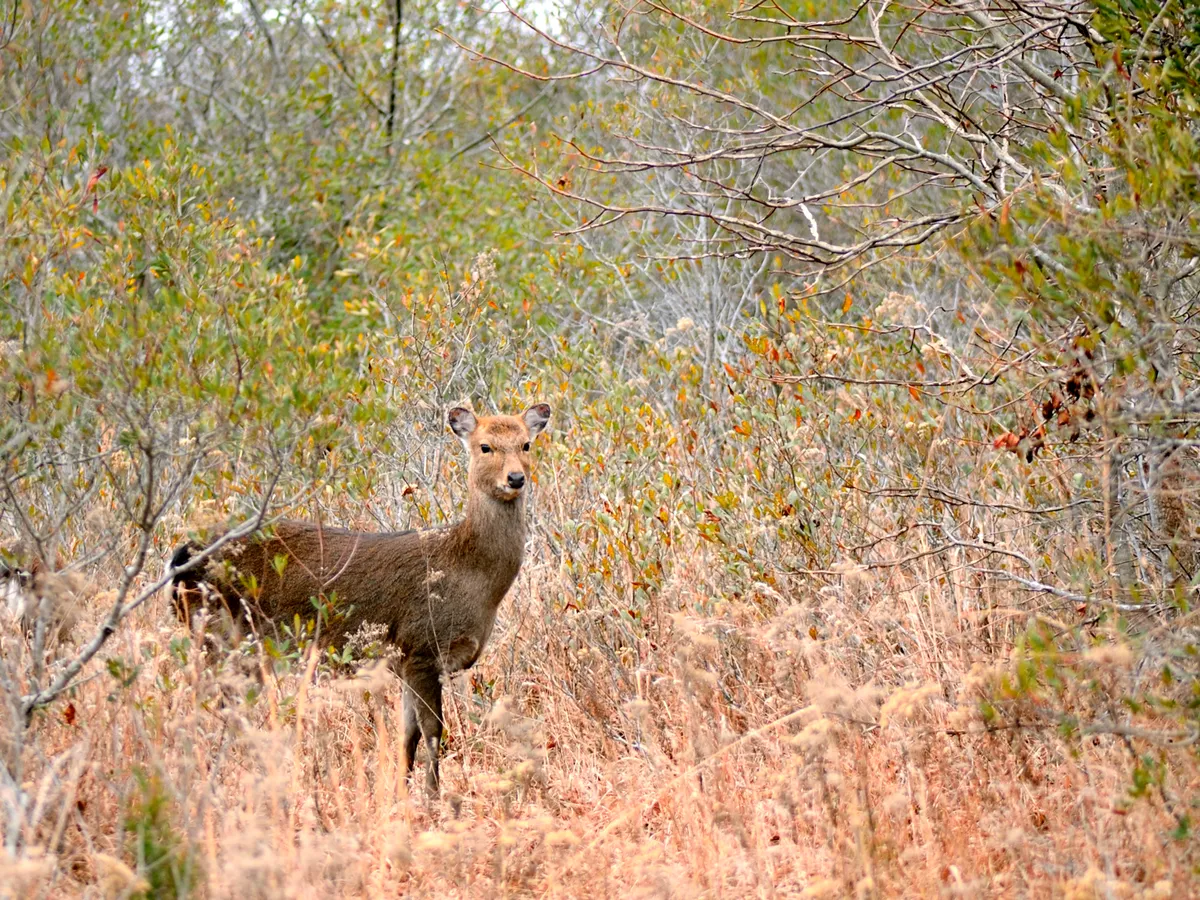
The Humane Society of the United States (HSUS) estimates there are about 1,000 ranches offering canned hunting, of which roughly half are in Texas. Twenty-six states have full or partial bans. Species hunted are mainly native white-tailed deer and wild hogs, plus non-native ones such as red and sika deer, scimitar-horned oryx, addax and even kangaroos. Hunting of predators is banned. Hunting with bows is permitted.
What size are the canned hunting enclosures?
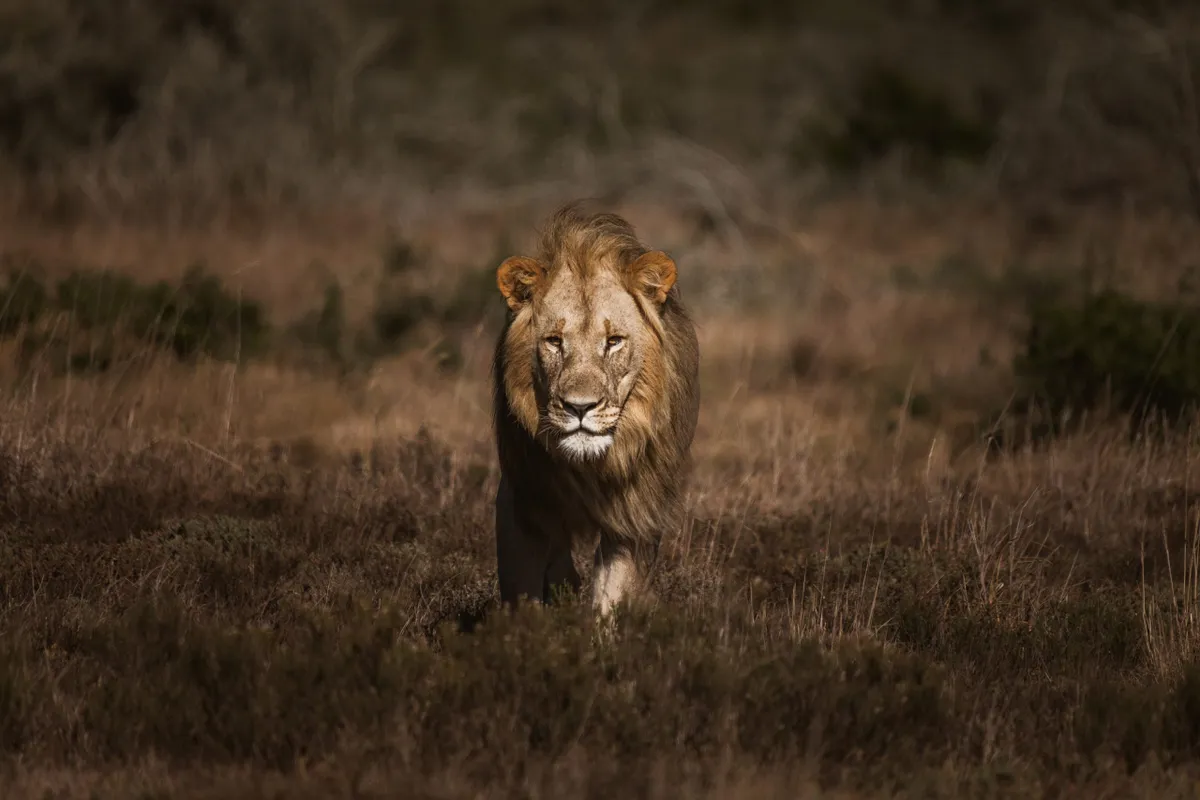
In South Africa, different provinces have different regulations. According to the Born Free Foundation, in North West Province (one of the main areas where canned hunting takes place) the minimum size of an enclosure is 1,000ha, while in Free State it is just 100 ha. Similarly, in the US, every state has different restrictions, but they range from a minimum of 100 acres (40ha) to 600 acres (240 ha).
Are there any other regulations?
Yes, but again rules differ greatly from place to place. In some areas, enclosures must have a certain amount of vegetation, while others stipulate not shooting an animal within a certain distance of a feeding station. On the other hand, campaigners say that having been captive-bred, the animals are not as wary of people as wild ones would be.
How much does canned hunting cost?
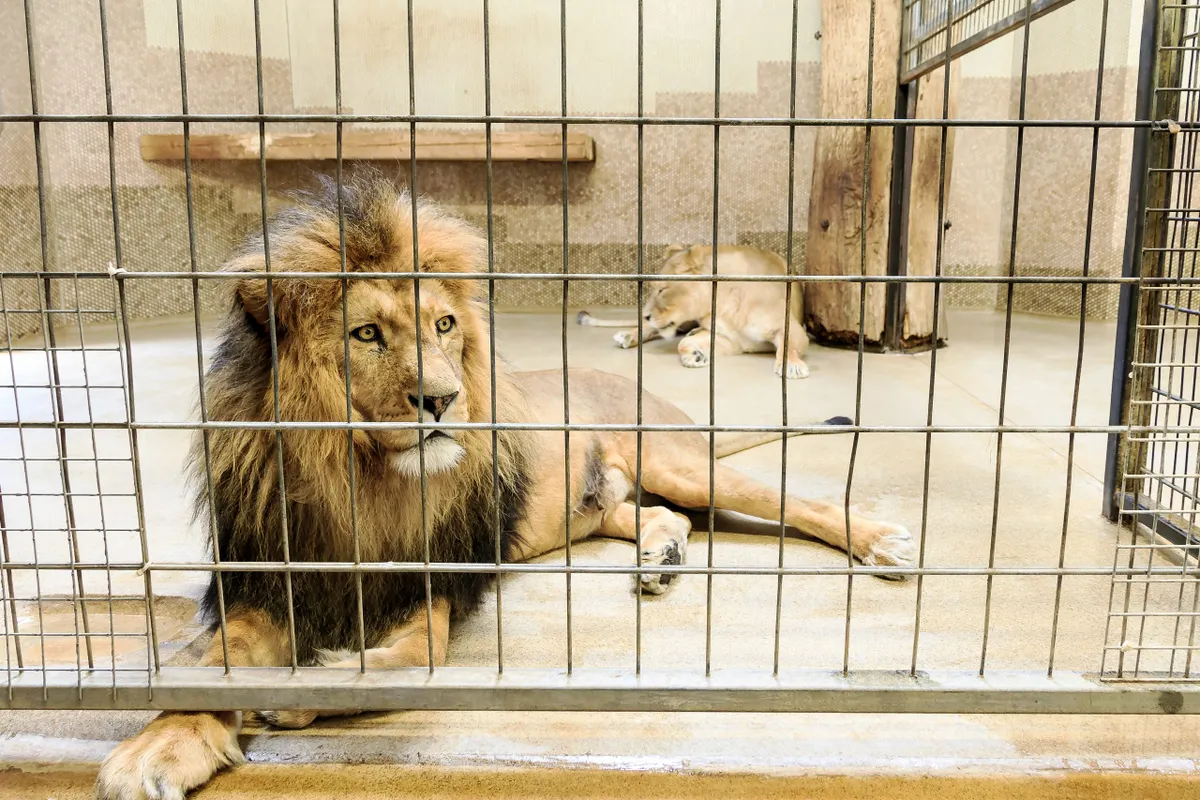
In general, hunters pay less than they would for hunting a wild animal. According to a report published by the South African Institute of International Affairs, hunters in South Africa may pay anything from $8,000-$40,000. In the US, one website offers a wide range of species, ranging from emus for $1,000 to elk for anything up to $35,000.
What happens to the dead animals?
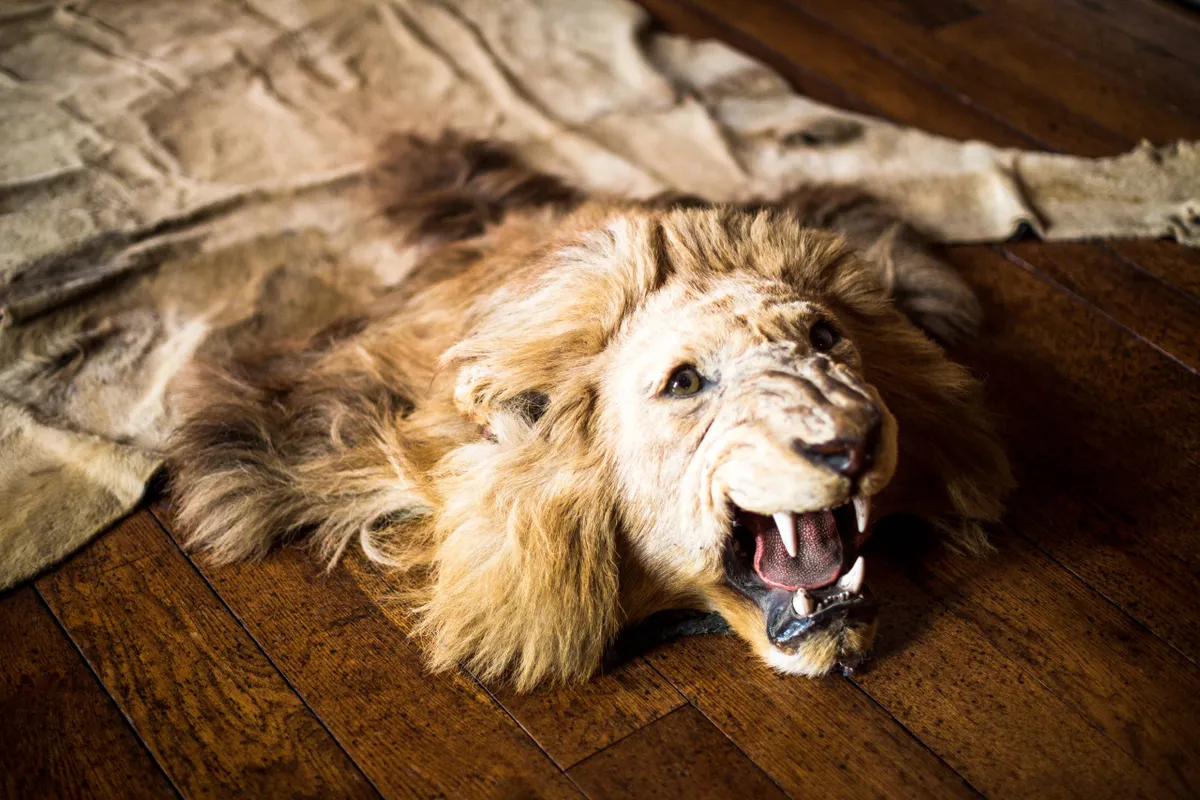
In South Africa, in the past decade or so, there has been a massive growth in the trade of bones from captive-bred lions for the East Asian market. This is currently legal under CITES regulations, and in 2018, the Government allowed a quota of 800 skeletons to be exported. It’s thought that bones from lions killed in canned hunts are used in this way – or were, anyway.
Why is that?
Until recently, the majority of people using canned hunting facilities were from the USA, but in 2016, lions were listed on the US Endangered Species Act, and – as a result – the importing of lion trophies was banned. According to Born Free, the number of lions trophies brought into the USA fell from 435 in 2015 to just 10 in 2018.
Won’t that end canned hunting?
Not yet – there has been an increase in trophies imported into Europe and Russia over the same time frame. Canned hunting, the bone trade, plus facilities offering ‘lion cub petting’ and ‘walking with lions’ tourist experiences are all very closely linked. Lions are sold from one to the other, until their bones are traded to the Far East. Having said that, for the past year, there has been a zero bone quota, meaning – theoretically – no trade has taken place.
What about in the US?
Hunters can mainly take heads, horns or antlers of the animal they have killed, but they can also take the meat if they want. Hunting ranches offer taxidermy and meat processing services.